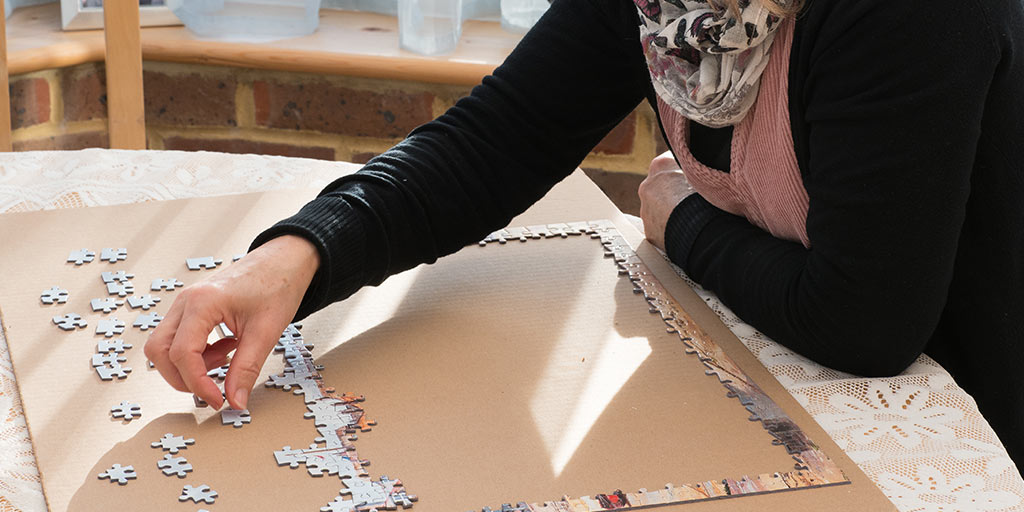When it comes to planning your family’s future, knowing how to transfer property from husband to wife UK is more than just paperwork—it’s a vital legal and financial decision. Whether you’re gifting a home, adjusting ownership for tax reasons, or formalising a shared financial life, the process requires proper legal understanding and careful documentation.
This guide will walk you through the entire process of how to transfer property from husband to wife UK, from legal procedures to tax considerations, mortgage impacts, and registration requirements. With the right advice, the process can be smooth, strategic, and even beneficial for your long-term plans.
Understanding how to transfer property from husband to wife UK
The most common method used in how to transfer property from husband to wife UK is called a Transfer of Equity. This legal process allows ownership of a property to be changed—whether fully or partially—from one person to another. In this case, the husband may want to transfer all or part of the legal ownership to his wife.
Transfers of equity can occur for many reasons: gifting, estate planning, adjusting for tax efficiency, or as part of financial restructuring. The process varies slightly depending on whether the property is mortgage-free or still has outstanding debt. Either way, getting the details right ensures legal clarity and protects both spouses’ rights and responsibilities.
Legal requirements for transferring property between spouses
Understanding how to transfer property from husband to wife UK starts with the legal steps. First, a solicitor or conveyancer typically helps draft the necessary paperwork, including the TR1 form, which is submitted to HM Land Registry. This form officially transfers ownership of the property.
Depending on the situation, other documents may include a Deed of Gift (if no money changes hands), or a Declaration of Trust to define ownership shares. Alongside these forms, an AP1 form must be submitted to update the Land Registry, and ID1 verification may be required if solicitors are not involved.
What if the property has a mortgage?
:max_bytes(150000):strip_icc()/mortgage-process-explained-5213694-6709969c328047e6a519f4623541eaad.png)
One of the most crucial parts of understanding how to transfer property from husband to wife UK is dealing with mortgages. If the property is mortgaged, you cannot simply transfer it without the lender’s consent. Mortgage lenders need to approve any change in ownership, particularly if the wife is being added to or replacing the husband on the mortgage.
This approval often involves a full financial assessment, including credit and income checks. In some cases, the lender may require a full remortgage in the wife’s name or a joint remortgage. If the wife is assuming part of the mortgage liability, this may trigger Stamp Duty Land Tax (SDLT) even though the transfer is between spouses.
Registering the transfer with HM Land Registry
To complete the process of how to transfer property from husband to wife UK, you must register the change with HM Land Registry. This step formalises the legal ownership in public records and ensures that the wife’s interest in the property is protected.
The required documents—TR1 form, AP1 form, and any supporting materials—must be submitted together. If you’re doing this without a solicitor, you’ll also need to send identity verification forms. Once approved, the Land Registry updates the title deeds to reflect the wife’s new ownership status, either as a joint or sole owner.
Stamp Duty Land Tax and other tax considerations
A common question in how to transfer property from husband to wife UK is whether any taxes apply. Luckily, most property transfers between spouses are exempt from Capital Gains Tax (CGT), even if the property has risen in value. This is especially useful for tax planning and inheritance strategies.
However, Stamp Duty Land Tax (SDLT) might apply if there’s a mortgage and the wife is taking on a share of the debt. The tax is calculated based on the portion of the mortgage transferred. While SDLT may not apply in simple gift transfers without a mortgage, it’s always wise to get professional advice.
Why consider transferring property to your wife?
There are many reasons a husband may want to understand how to transfer property from husband to wife UK. One of the most common is tax efficiency. For example, if one spouse is a higher-rate taxpayer, transferring ownership can help reduce overall tax liability on rental income or capital gains from future sales.
Another key motivation is estate planning. Ensuring your spouse is legally recognised as a co-owner (or sole owner) helps simplify inheritance, protects the family home, and offers clarity in case of unexpected events. It also helps with mortgage flexibility, especially when refinancing or preparing to sell.
Choosing between joint tenancy and tenancy in common
When deciding how to transfer property from husband to wife UK, you must choose the type of joint ownership structure. In the UK, there are two main options: joint tenants or tenants in common.
As joint tenants, both spouses own the property equally. If one spouse dies, the property automatically transfers to the other, regardless of any will. With tenants in common, each spouse owns a specific share, which can be passed on separately. The right choice depends on your personal, financial, and estate planning goals.
Common mistakes to avoid when transferring property
Even though many couples want to know how to transfer property from husband to wife UK, they often overlook key risks. One mistake is not informing the mortgage lender. Another is assuming no tax applies without getting confirmation from a solicitor or accountant.
Additionally, doing the paperwork yourself without legal guidance can result in costly errors. Forms must be completed precisely, including signatures, ID checks, and documentation. Even a minor omission can delay the process or result in rejection from the Land Registry.
Final thoughts on how to transfer property from husband to wife UK
Learning how to transfer property from husband to wife UK is a smart move for many couples. It can simplify financial planning, offer protection in case of life changes, and even provide tax advantages. But like any legal matter, it requires care, attention, and usually professional assistance.
Whether you’re gifting a home, restructuring ownership, or adjusting your mortgage, taking the time to understand the process ensures peace of mind for both husband and wife. Always consult a qualified solicitor or tax adviser to ensure the transfer is compliant, efficient, and aligned with your goals.
Frequently Asked Questions
How do I start the process of transferring property to my wife in the UK?
Begin by consulting a solicitor, completing a TR1 form, and checking your mortgage situation. Then, register the change with HM Land Registry.
Can I transfer my house to my wife as a gift?
Yes, many husbands choose to transfer property to their wife as a gift. This is often exempt from CGT and may not incur SDLT if there’s no mortgage.
Does my wife need to pay anything for the transfer to be valid?
No. A transfer can be done with or without consideration (payment). If it’s a gift, a Deed of Gift may be used to confirm this.
Is it better to transfer property before or after paying off the mortgage?
It depends. Some lenders will allow a transfer mid-mortgage, but doing so mortgage-free is usually simpler and avoids SDLT complications.
How long does it take to transfer property to my wife?
If everything goes smoothly, the process can take 4 to 8 weeks. Delays can occur if the mortgage lender is slow to respond or forms are completed incorrectly.
You may also read: Will Writing Solicitor Pontefract – Trusted Local Experts for Wills and Probate




